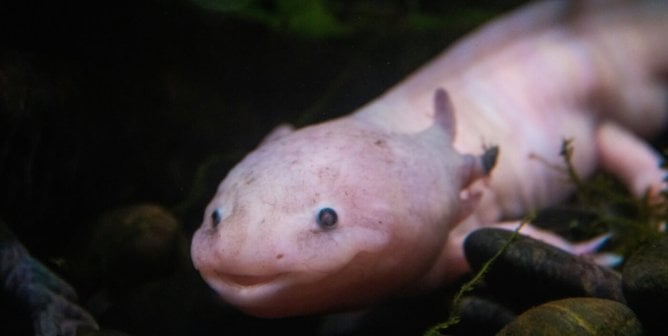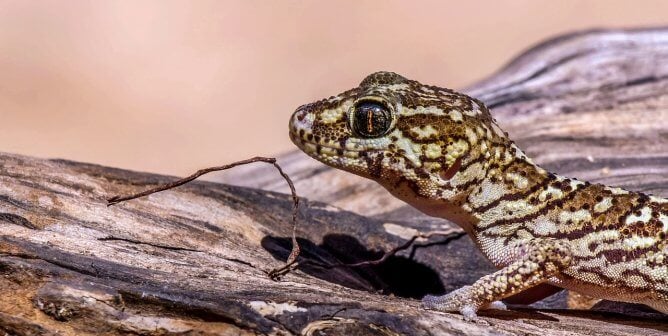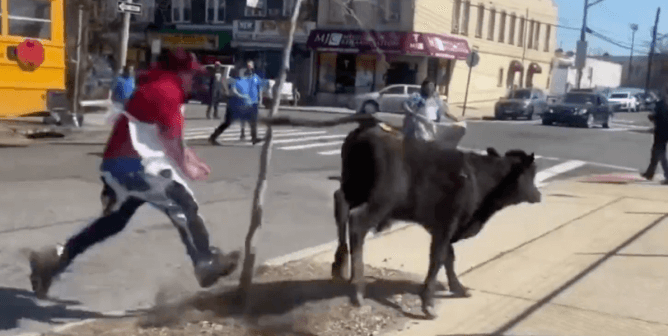10 Reasons Not to Torture or Kill Barn Owls (Looking at You, Johns Hopkins)
Talk about “Remarkable Discoveries About Animals”—in Animalkind, PETA founder and President Ingrid Newkirk and bestselling author Gene Stone introduce readers to “screeching barn owls” and explain who these amazing animals are, in addition to why they deserve our respect. Join us in diving deeper into the fascinating lives of barn owls and discover how simple it is for us all to coexist peacefully.
-
Barn owls are just like us.
These birds of prey are highly sensitive and intelligent creatures who have complex communication systems and cooperative social structures.
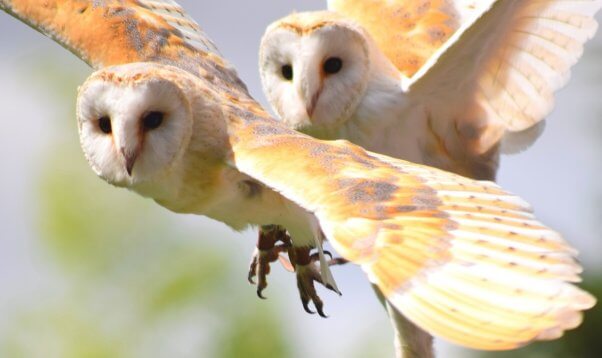
-
The city you call home might be home to barn owls, too.
These nocturnal birds form communities all over the U.S., not just in barns. They can be found in grasslands, forests, and even cities.
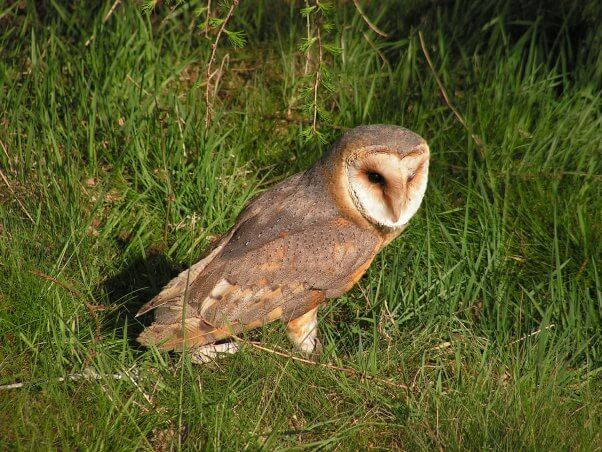
-
Barn owls are committed lovers.
Pairs of male and female barn owls often partner for life. They regularly use the same nest site every year and have elaborate courtship rituals—such as courtship flights, calls, and offerings of food—to reestablish their pair bond every spring. Adults live in home ranges that overlap with those not only of their partner but also of other individuals and pairs of owls, and they can extend for miles.
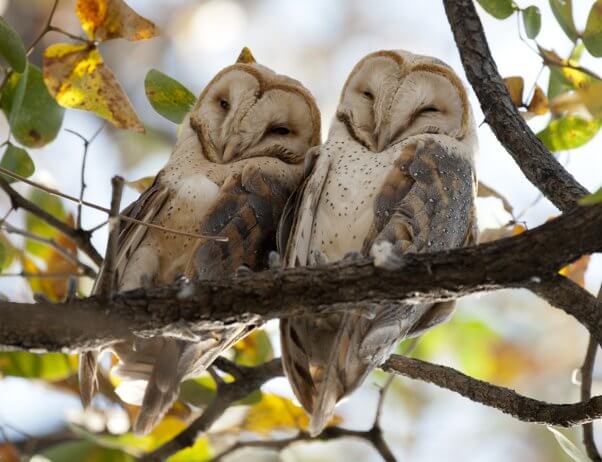
-
Young barn owls are endearingly peaceful.
Despite the sharp point of their downward curved bill and their weapon-like claws, barn owlets (baby barn owls) are nonviolent, altruistic, family-oriented animals. Barn owl siblings get along perhaps better than most human siblings do—they clean and feed each other and huddle together to stay warm. They even negotiate who in the nest will get the food their mom or dad is about to bring them in the most amicable way, by deciding among themselves who is the hungriest based on whoever emits the neediest call.
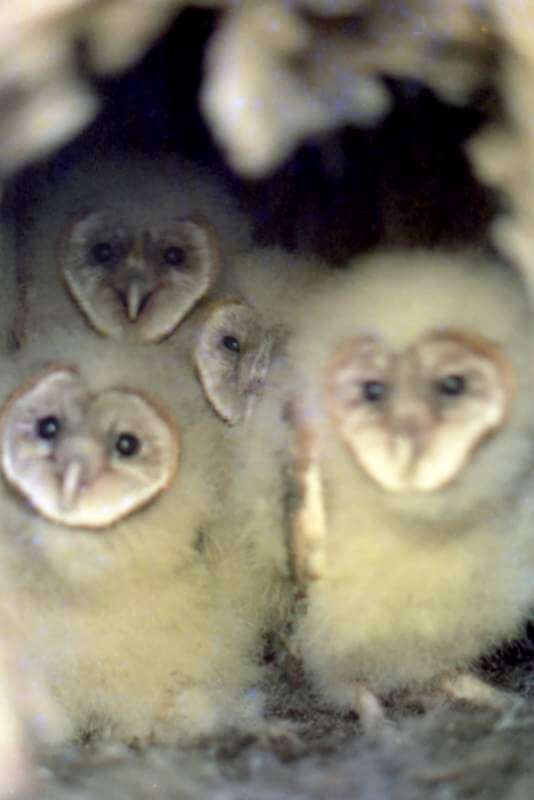
-
Barn owl siblings: “You scratch my back—I’ll scratch yours.”
Barn owls who are fed and preened by a sibling are more likely to feed and preen that brother or sister.
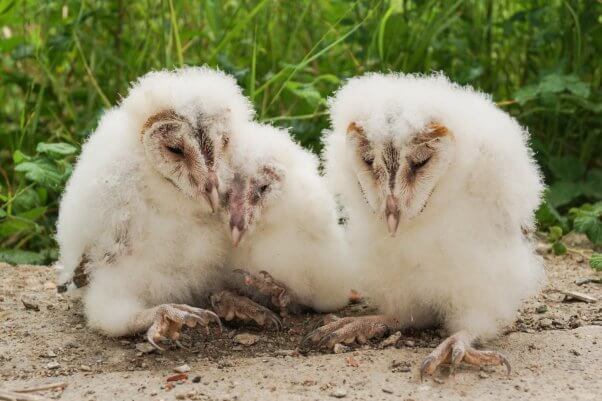
-
Like humans, barn owls can be fearful, shy, or outgoing—or the opposite!
Barn owl mothers and fathers can differ in their responsiveness to their offspring begging for food, as one parent or the other shows a stronger tendency to feed the begging offspring.
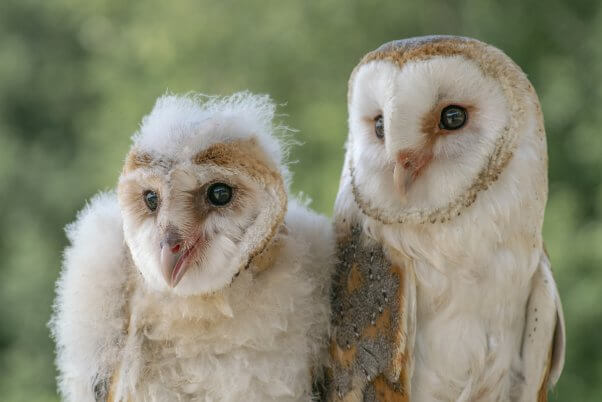
-
Barn owls talk the talk.
As explained in Animalkind, barn owls’ screeches serve a purpose. These birds express their needs and desires to each other through their own language, consisting of a variety of complex, context-specific sounds. As described above, even nestlings will vocally communicate to one another about their relative hunger.
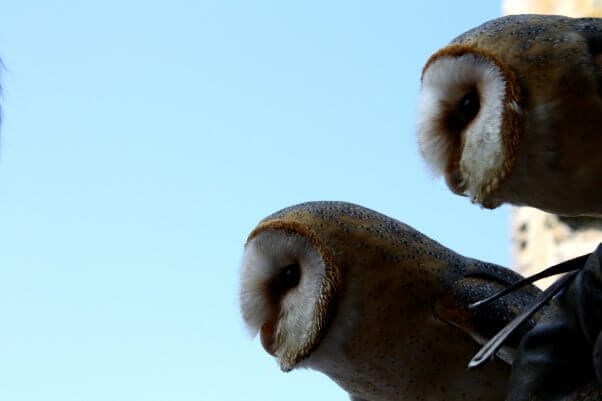
-
Bird brain? What a compliment.
Owls are among the rapidly increasing number of bird species that researchers have observed using tools in their natural habitat—for example, collecting dung and using it as bait to attract beetles, a favorite source of food.
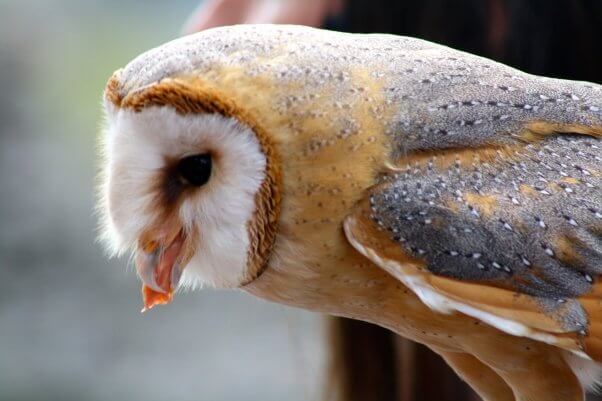
-
Engineers look at barn owls with envy.
Thanks to their special feathers, these amazing animals fly silently. Because of their unique wing structure, they alter air turbulence during flight and make virtually no sound—something engineers try to achieve when designing turbines and aircrafts.
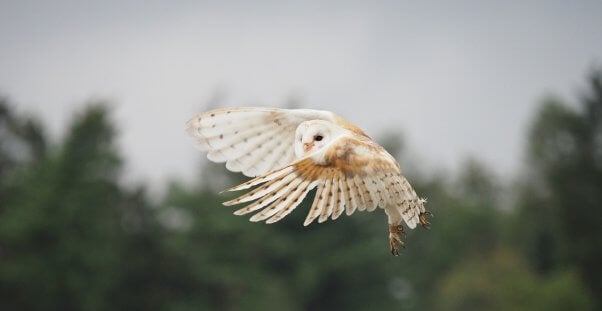
-
Sharing is caring.
According to some bird-appreciation sites, barn owls have been known to share their nest with other species, a noteworthy phenomenon among animals in nature.
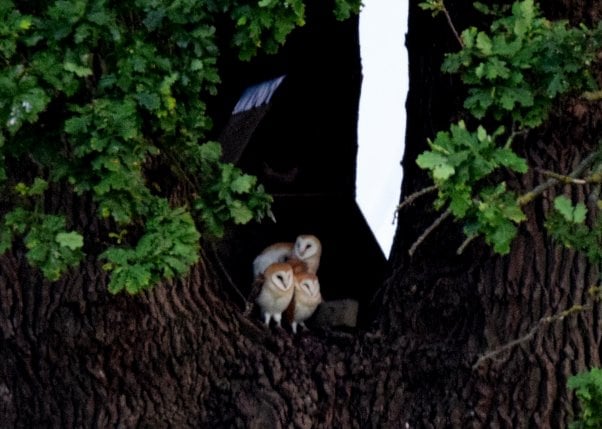
Barn owls are not ours.
Perhaps the most important fact that you’ll learn about these birds is this: Those who are bred and reared in laboratories have individual worth and needs, just like all animals.
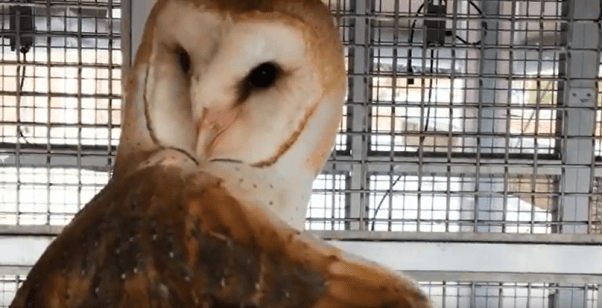
*****
“Revolutionary New Ways to Show Them Compassion” is the latter half of the subtitle of Newkirk and Stone’s Animalkind. While not necessarily new or revolutionary, there is one very simple thing that we can do to show these animals compassion: not experiment on them. Yet at Johns Hopkins University (JHU), experimenter Shreesh Mysore holds barn owls captive in his laboratory, cuts into their skulls, pokes electrodes around in their brains, forces them to watch dots on a screen, and eventually kills them—all so he can supposedly learn something about humans with attention-deficit/hyperactivity disorder.
Be the compassionate human that barn owls—our fellow living, feeling beings—deserve.
Discover a few easy things that you can do to help barn owls get by in life …
… and then tell JHU to end the torment now!
To learn more about the other animals we share this planet with, order a copy of Animalkind. Whether you order a digital, physical, or audiobook version, you’ll discover a book that isn’t just an exploration of the astounding lives of animals—it’s also a guide to the exciting new tools that allow humans to help #EndSpeciesism.
As an Amazon Associate, PETA earns from qualifying purchases. If you buy something after clicking the Amazon links on this page, a percentage of the qualifying purchase will be donated to PETA and help us protect more animals from exploitation.

